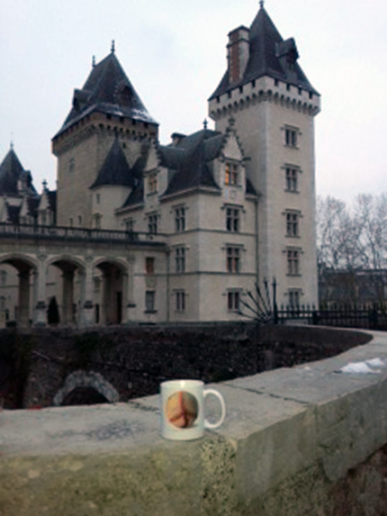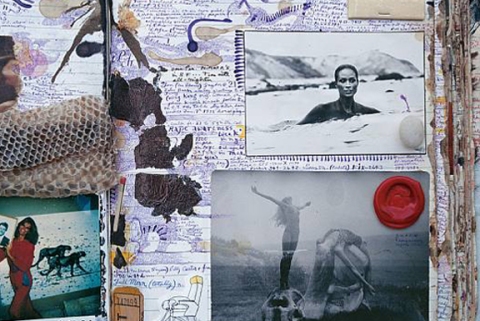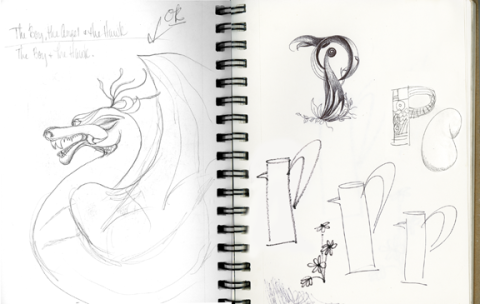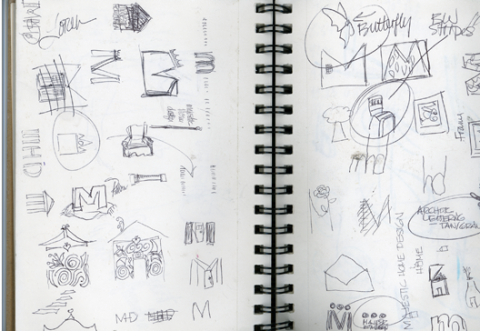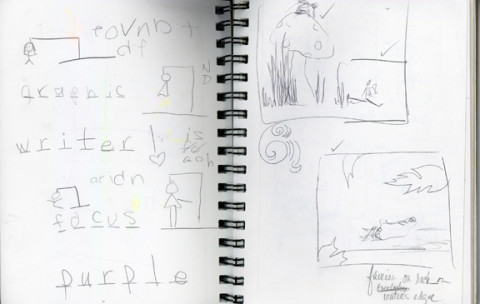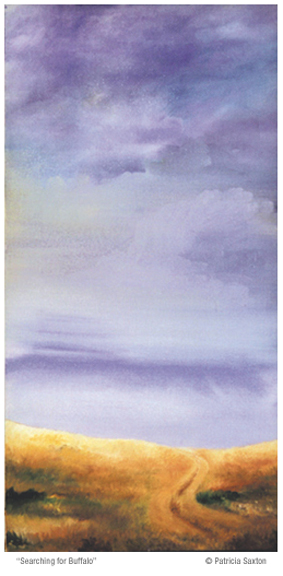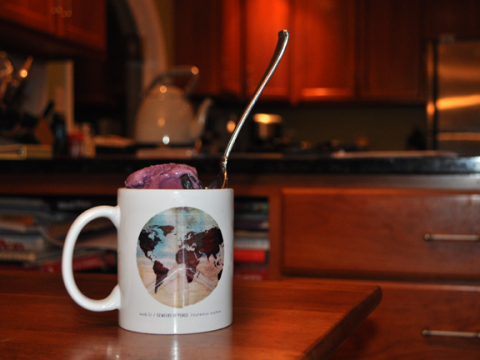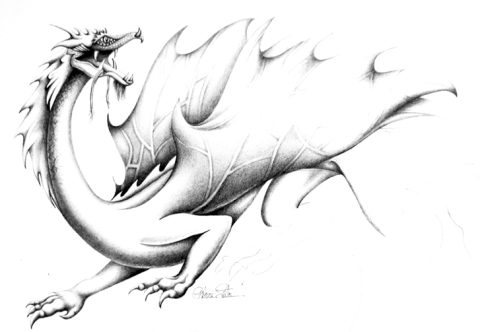The Brilliant Charles Dickens
It was the best of times, it was the worst of times, it was the age of wisdom, it was the age of foolishness, it was the epoch of belief, it was the epoch of incredulity, it was the season of Light, it was the season of Darkness, it was the spring of hope, it was the winter of despair, we had everything before us, we had nothing before us, we were all going direct to heaven, we were all going direct the other way – in short, the period was so far like the present period, that some of its noisiest authorities insisted on its being received, for good or for evil, in the superlative degree of comparison only.
Charles Dickens, A Tale of Two Cities
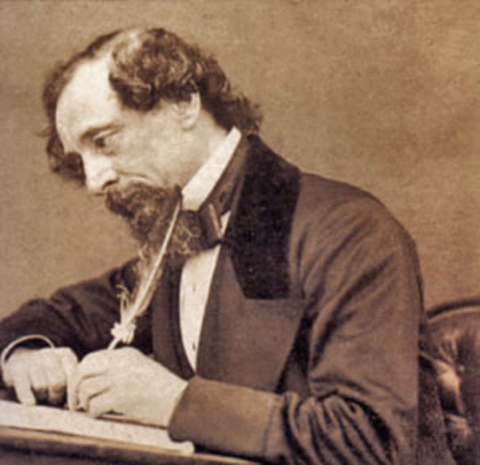
Charles Dickens, English novelist (1812 - 1870)
If humans were immortal, Dickens would be 200 years old today. Although, considering the body of work he left behind, appreciated generation after generation, he’s among those who have become as immortal as it gets. I’ll wager that every one of us has experienced at least one (if not a few) of his written achievements, most notably A Tale of Two Cities, A Christmas Carol, David Copperfield, Great Expectations, and Oliver Twist.
Who was Charles Dickens? A man of great passion, drive and intellect. Among English writers he is second only to William Shakespeare in literary prowess, fame and public recognition.
He was the second of eight children born on February 7, 1812, to John and Elizabeth Dickens. His mother taught him to read, his father considered him a young prodigy. He devoured the considerable amount of artistic and literary works available in his home, enjoyed trips to the theatre and adored stories told by his nursemaid. From age 7 to 9 he was schooled by a Baptist minister named William Giles. He was consumed by ambition and dreamed of becoming a gentleman.
But his youth became marked by hard times when his father was jailed for debt. At age 12 he was sent to live in a boarding house and work among a rough-edged crowd in a blacking warehouse, fixing labels to boot polish bottles ~ a harsh, impressionable experience that would later inspire the semi-autographical novel David Copperfield, and feed his view of society’s inequities.
A few years later, his father was released, and young Charles resumed a couple more years of schooling at an academy called Wellington House. At age fourteen he was employed as a clerk in an attorney’s office. He got his first journalism job at age 16, as a shorthand reporter in the courts, shortly followed by a position as a newspaper reporter.
Fueled by a desire for distinction, Dickens was an unusually hard-working apprentice, and a fast-growing disillusionment with politics led him to contribute essays and short stories to other newspapers and magazines (something he did throughout his entire life).
Connections developed as a political journalist gave him both success and a following, allowing him to begin publishing his own fiction early in his career. His first great success came with his monthly installments of The Pickwick Papers. At the time this was a publishing phenomenon, making the serialization of novels a profitable venture and available to folks who couldn’t ordinarily afford literary works. Within a few years he was regarded as one of the most successful authors of his time.
His novels were often a revealing commentary on humankind’s misgivings, his own disenchantment with the world’s economic drives and social injustices ~ an imperfect world we all know to be true, regardless of our stature.
“Through his books, we come to understand the virtues of a loving heart and the pleasures of home in a flawed, cruelly indifferent world.”
In 1836, Dickens married Catherine Hogarth, the daughter of his editor (although some say daughter of a newspaper co-worker). They had ten children before separating in 1858. Around that time Dickens began public readings of his work, including a series of readings in America in 1867-68, which took a physical toll on his already failing health. Buried in Poet’s Corner of Westminster Abbey in June of 1870, Dickens left an unfinished novel called The Mystery of Edwin Drood (I’d like to read that!) as well as fifteen completed novels, countless short works and an enduring following.



